In short
Information flows are specified in section 20 of the UML specifications. But apparently, they were not fit enough to survive in the UML diagram taxonomy as own diagram type.
However, you can create a class diagram and populate it only with information items and flows linking source items to target items. This ambiguity leads to contradictory claims: it'll be a real information flow diagram, but in the UML taxonomy it would still be a class diagram (see blue specialisation in your link).
Some more thoughts
What are information flows good for?
According to the UML specs:
The principal goal of InformationFlows is to convey that information moves from one area of a model to another. Consequently, the metamodel is intentionally very permissive about the realization of information channels and the types of information that can flow along them.
So it is to enrich other diagrams to explain how they relate to high level information, or to highlight some hidden «flow» relations (similar to dependencies).
Why didn't the own diagram make it?
In UML, there are better ways to model flows of "information" as soon as you're ready to use classes instead of information items:
- Activity diagrams, which provide object flows,
- Sequence diagrams, which provide flows of messages,
- Communication diagrams, which is semantically equivalent to sequence diagrams, but with a different focus.
Moreover, UML specs explain:
An important use of InformationItems is to represent information during early design stages, possibly before the detailed modeling decisions that will ultimately define them have been made.
But in practice, unless you work in an organisation with extremely strong configuration management rules, there is no need for such information flows in a pragmatic use of UML with initial high-level sketching and iterative refinements.
